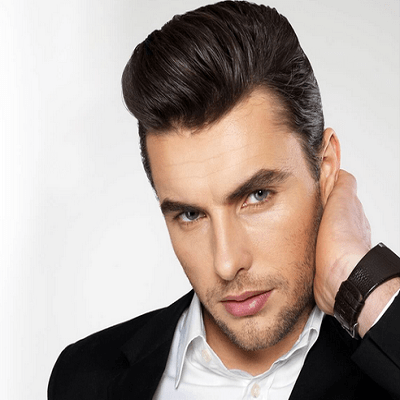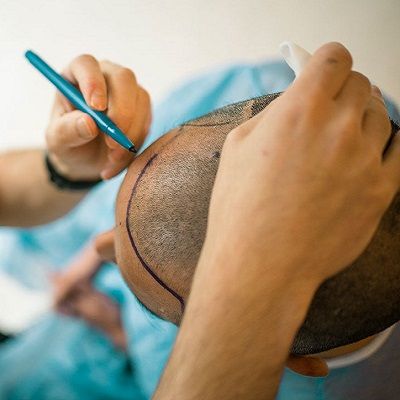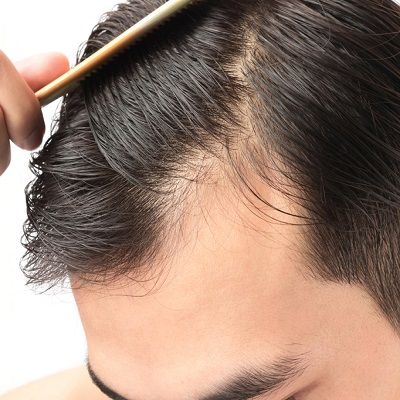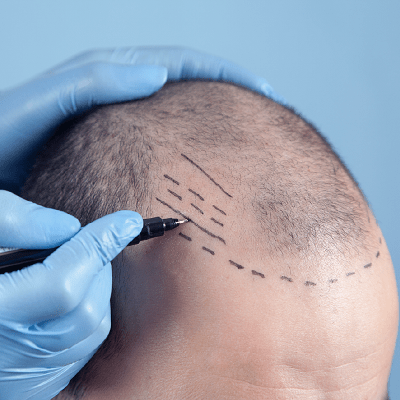
Hair loss not only alters the physical appearance but also affects the individual psychologically. It leads to depression, stress, and loss of self-confidence. Besides, many other emotional issues are also related to it e.g. individuals suffering from hair loss will also suffer from anxiety, anger, hopelessness, and agitation.
To help people deal with their physical and mental trauma because of excessive hair loss, a famous researcher and surgeon invented Hair Transplant surgery in 1952. It got a lot of popularity and success and after that, almost all the surgeons started practicing it. A hair transplant is best for male pattern baldness but some women can also consider it only if they have good scalp conditions and sufficient donor hairs. It is a permanent method of enhancing the appearance of the scalp so I ensure you’ll not regret your decision of having it.
You can be a candidate for hair transplant surgery if you have been suffering from hair loss because of male pattern baldness for more than four years but still, you are not completely bald and you have a finite amount of healthy hair follicles on your scalp that they can be used as donor’s hair. There is no age limit for hair transplants, men and women of any age can opt for this outstanding surgery.
Understanding Hair Transplant Surgery:
A variety of hair loss conditions can be treated with Hair Transplants such as androgenetic alopecia (female baldness), male pattern baldness, telogen effluvium, and anagen effluvium. People opt for hair transplant surgery to improve hair density on their scalp. Hair from donor areas is taken and placed on the balding spots of the head. It is the best hair restoration method because the results are natural-looking and lasting.
During the hair transplant surgery, the donor and recipient area of the head is numbed with local anesthesia. The surgeon then performs one of the following two techniques to produce the desired results:
- FUT – Follicular unit transplantation.
In FUT, a strip of scalp skin is taken from the back of the scalp and then grafts are prepared.
- FUE – follicular unit extraction.
In FUE, no strip excision is done. The donor hair follicles are removed directly from the scalp.
In the next step, small round holes are created in the recipient site of the scalp and the prepared grafts are inserted into them. Following graft insertion, the area is carefully stitched and bandages are placed on the scalp to help in recovery most probably, they will be removed after about 7-10 days. You will see that transplanted hair falls on the scalp within two to three weeks but don’t panic because it is part of the surgery.
In 5-6 months, new hair will grow on your scalp just like your natural hair. The whole procedure can take 4-5 hours to complete. Also, it is to be noted that one session is not enough to get the full head of hair, surgeons suggest patients have at least 4 sessions to achieve the desired results. In the first week after the surgery, there will be pain, swelling, bleeding, and bruising on the scalp and it will settle down gradually so be patient while recovering from the hair transplant surgery.











